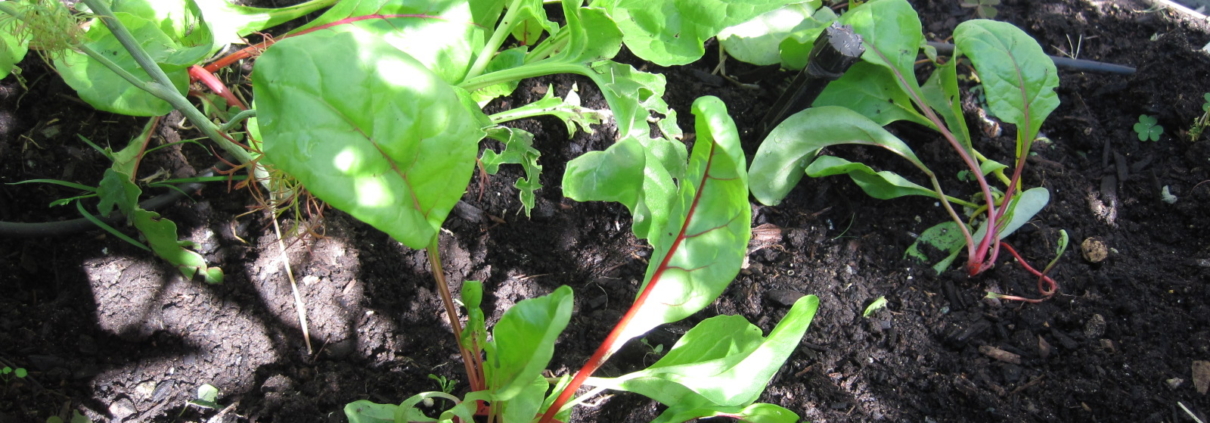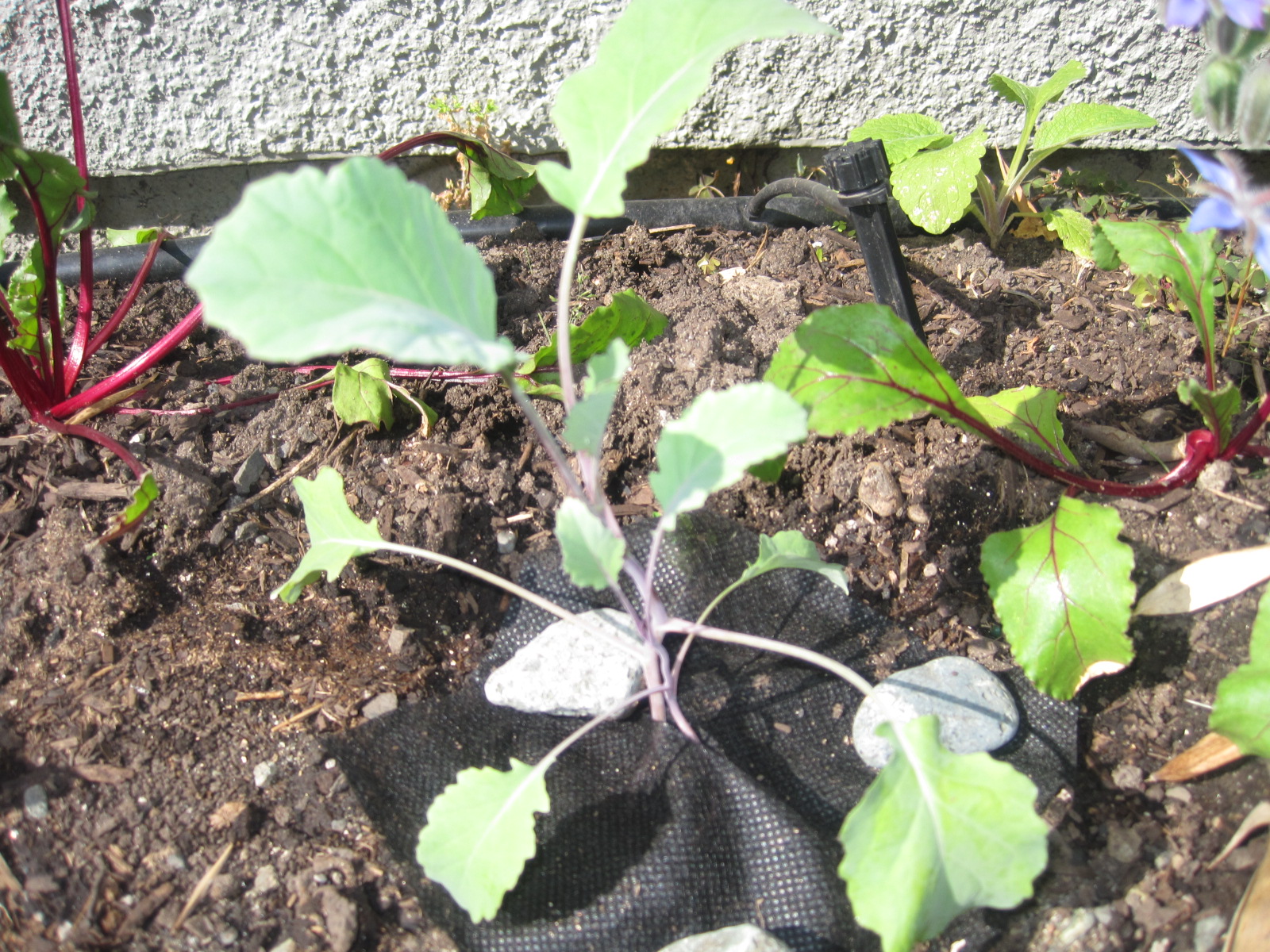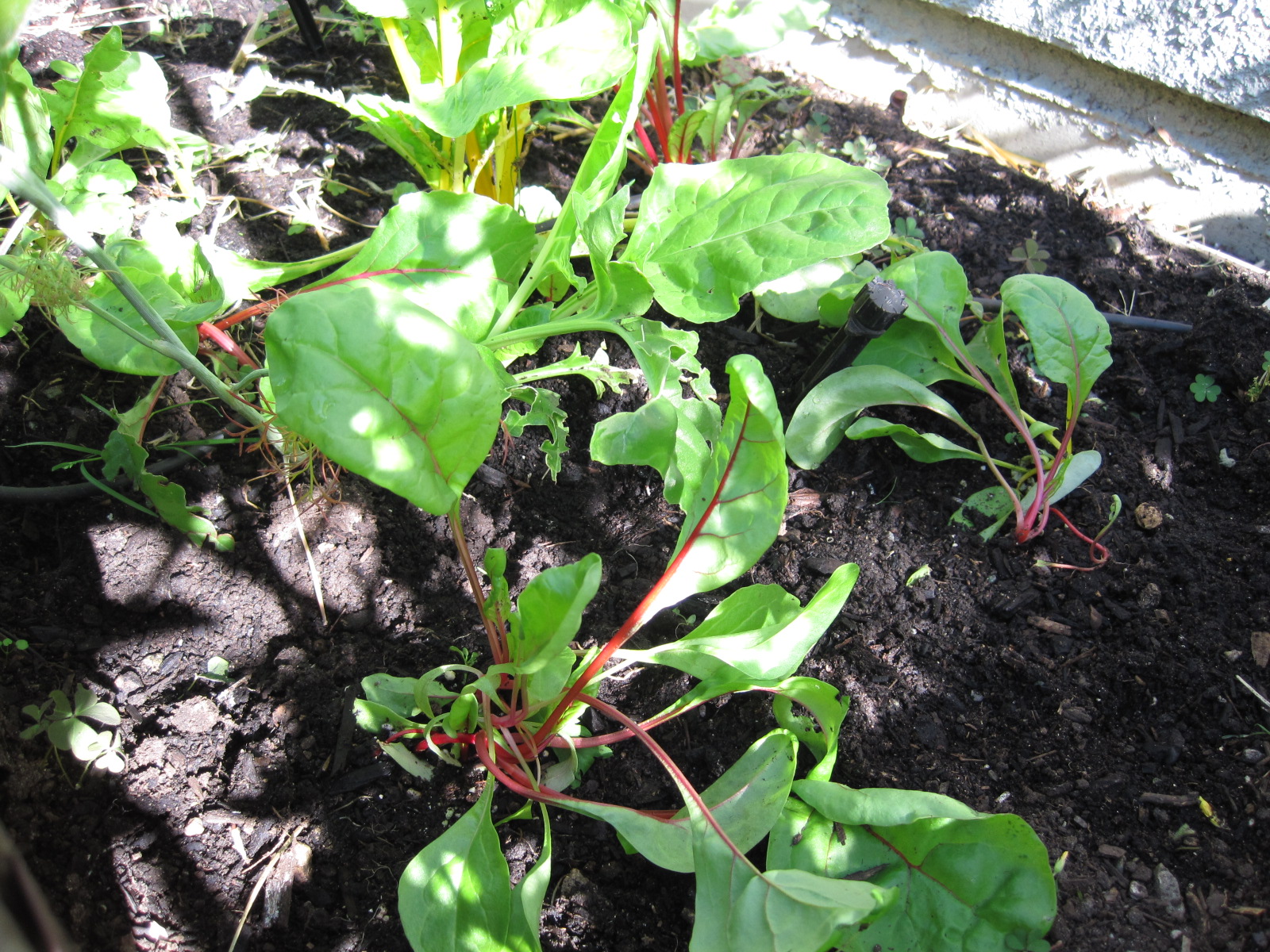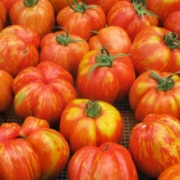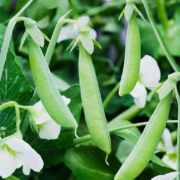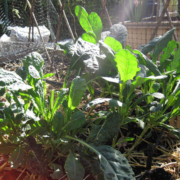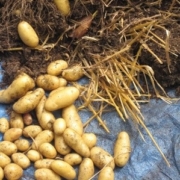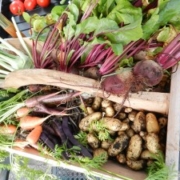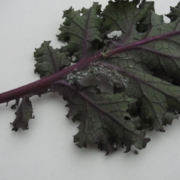Planting The Winter Vegetables In August Or “Stocking The Great Canadian Refrigerator”
It’s a warm summer evening, August 3, and I just planted some vegetables that I won’t be eating until the cold days of winter and early spring 2012.
What I’m planting now will overwinter, and although some of it can be eaten in the fall and all through the winter while young and tender, such as the spinach, kale and chard, the purple sprouting broccoli won’t be ready until early next spring.
I discussed the Great Canadian Refrigerator in my blog of May 16. It feels like a drum roll has been beating, leading up to the final available planting time, which is now.
PURPLE SPROUTING BROCCOLI
I seeded this on June 10, grew them on in trays, and now they are ready for planting in the garden. We have starts at the nursery, if you didn’t get yours going in June.
As soon as they are in the ground, it’s a good idea to put a physical barrier around them to protect against the Cabbage Maggot, a scourge which attacks the root of any member of the cabbage family. Cut a square of barrier fabric such as heavy cloth, butcher paper, woven plastic fabric like that used in feed bags etc. Cut a slit to the center from one side, and place tightly up against and around the stem. Place a rock on it to hold in place, and leave on.
The sprouting broccoli will head up around February and you’ll be eating and enjoying this healthy vegetable until late spring, when you will have had so much you’ll be sick of it!
KALE This is one tough plant, and can still be sown this week at the latest, although many prefer to buy starts. It can actually remain in the soil for one year, if sown in the spring.
I’ve noticed the Imported Cabbage Worm lurking around my little kale babies in the pots I’ve started at the nursery. This evil pest is the innocent looking white butterfly that flutters and hovers in the garden, until it finds a member of the cabbage family, and lays tiny white/yellow eggs on the back of the leaves. A smart mom, she lays her eggs where her larvae will find an immediate food source, ie your precious cabbage, kale, or broccoli. I just rub the eggs off as I find them. It really needs to be a daily task, as some have hatched already, producing tiny green worms which are perfectly camouflaged against the leaf. They are ravenous little critters and need to be squished immediately! If your crop is too large or the infestation too great, spray with BTK when the caterpillars hatch, as BTK is harmless to any of the beneficial insects and kills ONLY caterpillars.
Kale becomes milder and sweeter in cold weather, so is the perfect winter crop here.
SWISS CHARD
Chard is one of those leafy greens that make succession planting a joy. Plant it densely with your kale and broccoli, and eat it when small and young, raw in salads. As the plants grow, cut some off at root level and make room for the others to get bigger. Before winter sets in you should have just enough full grown plants left to last you over the season.
SPINACH
Sowing spinach seeds is so easy, and up until the end of this week it can still be started from seed outside. After that, starts from the nursery can be planted until the end of August, early September. By this time there is no danger of plants bolting to seed. They will continue to grow new leaves until the cold weather really sets in. Leave in the ground no matter how beat up they look after winter, as they’ll sprout new leaves as soon as the soil warms again, and have a long season of fresh growth.
MACHE (corn salad) can be seeded right under the sprawling vines of cucumber and squash, which will shade them from the summer sun until they are established, at which time the squash are ready to be cut down anyway. This is succession gardening at its best. Mache is a delicious and nutritious small-leafed green to add to salads; it will grow all winter. It is not bothered by slugs, and no matter how cold it gets it seems to just thrive in our climate. Winter grown mache is far more tasty than a spring crop, so if this is the one winter crop you try, at least get your feet wet (or muddy) with this tender little green.
(I’ll say more about succession planting in a further blog, on Winter Veggies in Containers)
Remember, for plants to survive the winter, they should be almost full size by Halloween, as they don’t actually put on much growth during the cold season, but are kept alive in our gardens (The Great Canadian Refrigerator) to harvest and eat at their freshest and most delicious.
Crop rotation is very important in winter gardening, so please don’t plant your winter cabbage family in the same bed where you grew your summer cabbage or broccoli. Foil the varmints!
I have to repeat that so much of my information has come from the Year Round Harvest Class I’m taking at Glendale, and from the book written by my teacher Linda Gilkeson, Backyard Bounty. Do have a look at this if you are serious about vegetable growing, or want information on the many other winter food crops.
We now have seedlings of all the most popular winter crops at the nursery, if you didn’t get around to seeding your own.
